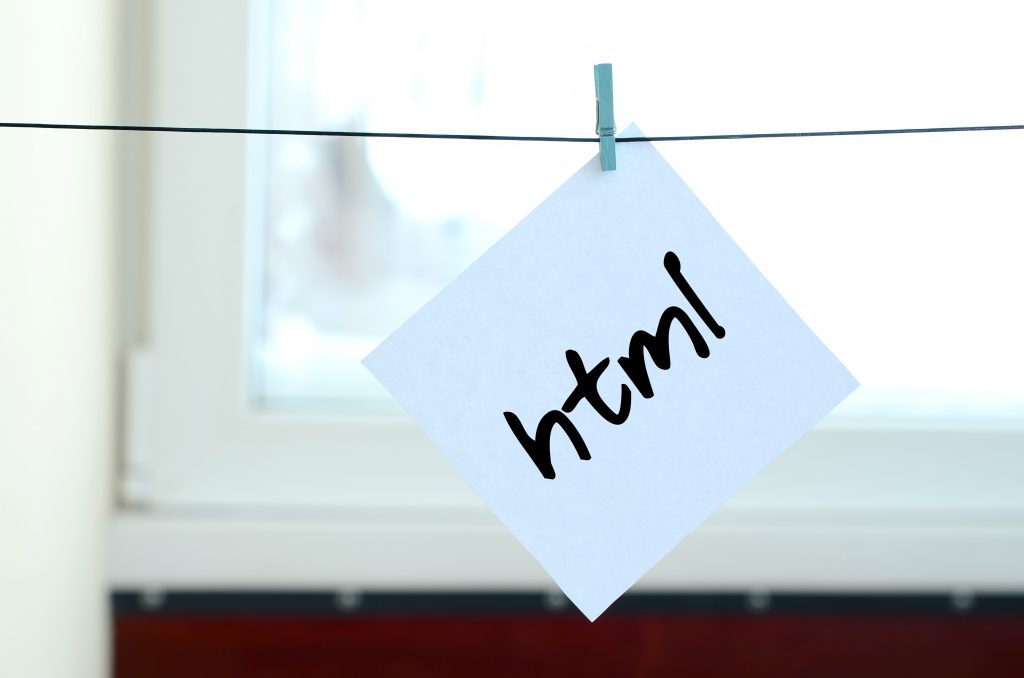In today’s digital landscape, web accessibility and user experience are paramount. With an increasing number of people accessing websites on various devices, the need for responsive web design has never been greater. Responsive HTML dating site templates offer a solution that allows websites to adapt seamlessly to different screen sizes and orientations. In this article, we will explore the concept of responsive HTML templates and how they enable the creation of websites that provide an optimal user experience across a wide range of devices.
Understanding Responsive Web Design
Responsive web design is an approach to web development that prioritizes the adaptability of a website’s layout and content. It ensures that a website looks and functions well on devices of all sizes, from large desktop monitors to smartphones and tablets. The key principles of responsive web design include:
1. Fluid Grid Layouts: Instead of fixed pixel-based layouts, responsive designs use fluid grids that adjust proportionally to the screen size. This ensures that content is evenly distributed and maintains readability.
2. Flexible Images and Media: Images and media elements, such as videos and embedded content, are scaled proportionally to fit the screen, preventing distortion and pixelation.
3. Media Queries: CSS media queries are used to apply specific styles and layouts based on the device’s characteristics, such as screen width and orientation.
The Role of HTML Templates in Responsiveness
HTML templates serve as the foundation of a website’s structure and content. When designed with responsiveness in mind, these templates play a crucial role in achieving a seamless user experience across devices.
1. Structured Content: HTML templates provide a structured framework for organizing content, making it easier to control how content flows and rearranges based on screen size.
2. Semantic HTML: The use of semantic HTML elements, such as headings, lists, and forms, ensures that content is appropriately categorized and accessible to assistive technologies.
3. Navigation Menus: Responsive HTML templates often include navigation menus that can adapt to smaller screens through techniques like collapsible menus or hamburger icons.
Designing a Responsive HTML Template
Creating a responsive HTML template involves careful planning and consideration of various design elements. Here are some key aspects to keep in mind:
1. Mobile-First Approach: Start by designing for mobile devices, as this forces you to prioritize essential content and functionalities. As the screen size increases, progressively enhance the design.
2. Flexible Grids: Implement fluid grid layouts using CSS frameworks like Bootstrap or Flexbox. These frameworks simplify the creation of responsive designs by providing pre-built grid systems.
3. Scalable Images: Use CSS rules to ensure that images and media elements scale proportionally to fit the screen. The “max-width: 100%;” property is commonly used to achieve this effect.
4. Media Queries: Employ media queries in your CSS to apply different styles and layouts based on breakpoints that correspond to typical device sizes (e.g., desktop, tablet, and mobile).
5. Testing and Optimization: Regularly test your responsive HTML template on various devices and browsers to identify and address any issues. Optimize images and assets for faster loading times on mobile devices.
Benefits of Responsive HTML Templates
The adoption of responsive HTML templates offers several significant benefits for website owners and users alike:
1. Improved User Experience: Responsive websites adapt seamlessly to different devices, ensuring that users can access content and navigate easily regardless of their chosen device.
2. Increased Accessibility: Responsive design enhances accessibility for individuals with disabilities by providing a consistent and user-friendly experience across devices.
3. Better SEO: Search engines favor responsive websites in their rankings, as they provide a unified URL structure and improved user experience.
4. Cost-Effectiveness: Maintaining a single responsive website is more cost-effective than developing separate websites for different devices.
5. Future-Proofing: As new devices and screen sizes emerge, responsive design ensures that your website remains compatible and functional.
Conclusion
Responsive HTML templates are the building blocks of modern web design, enabling websites to adapt seamlessly to the diverse landscape of devices and screen sizes. By prioritizing responsive design principles, web developers can create user-friendly, accessible, and future-proof websites that cater to the needs of a broad and ever-evolving audience. Embracing responsive design is not just a best practice; it’s a necessity in today’s digital era, where accessibility and user experience are paramount.



